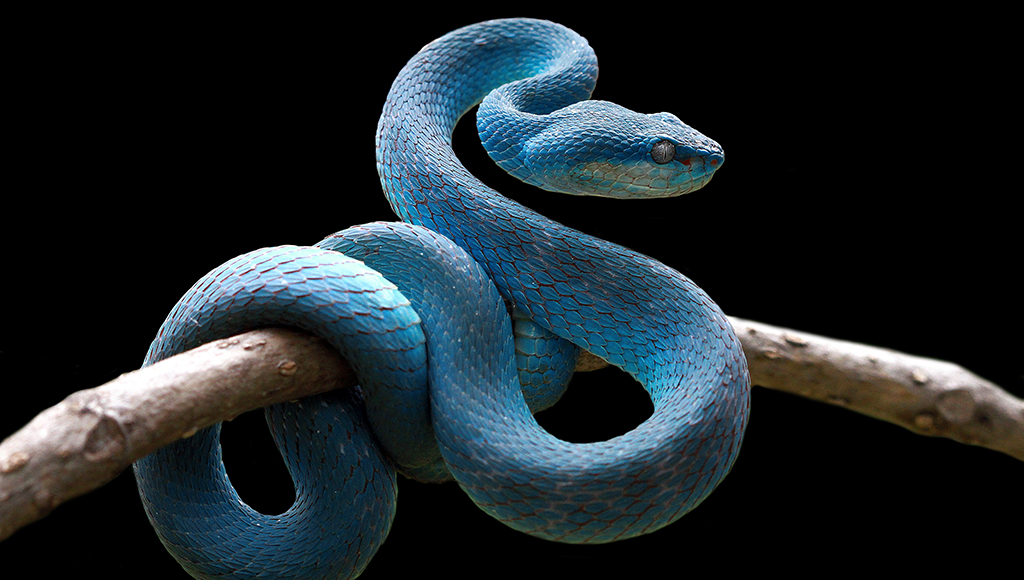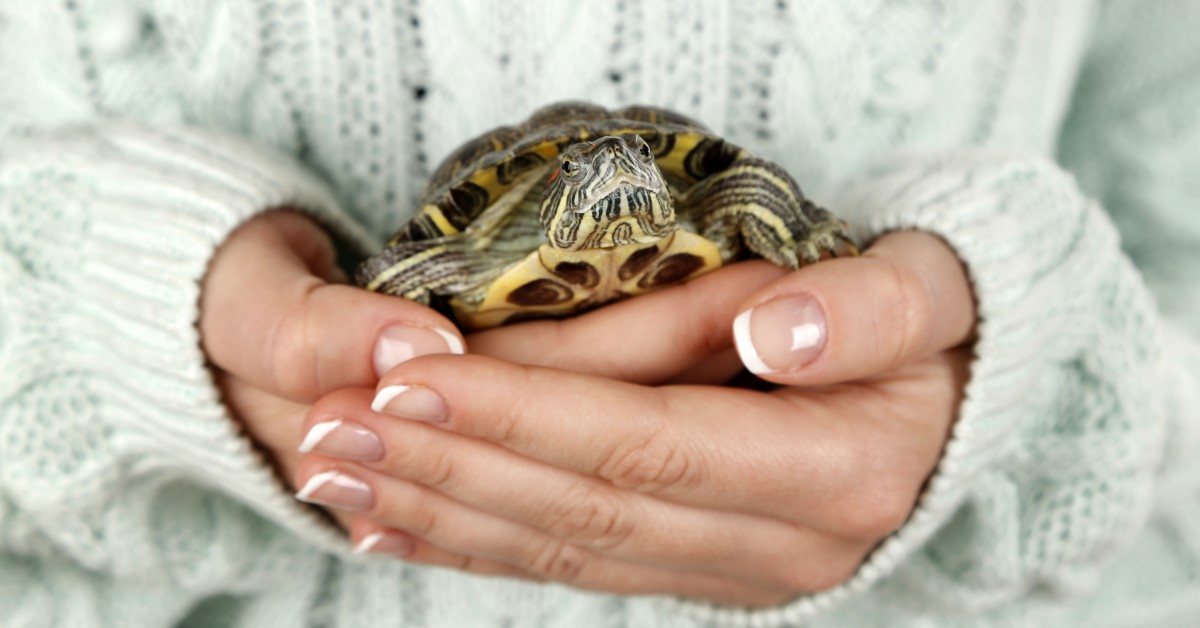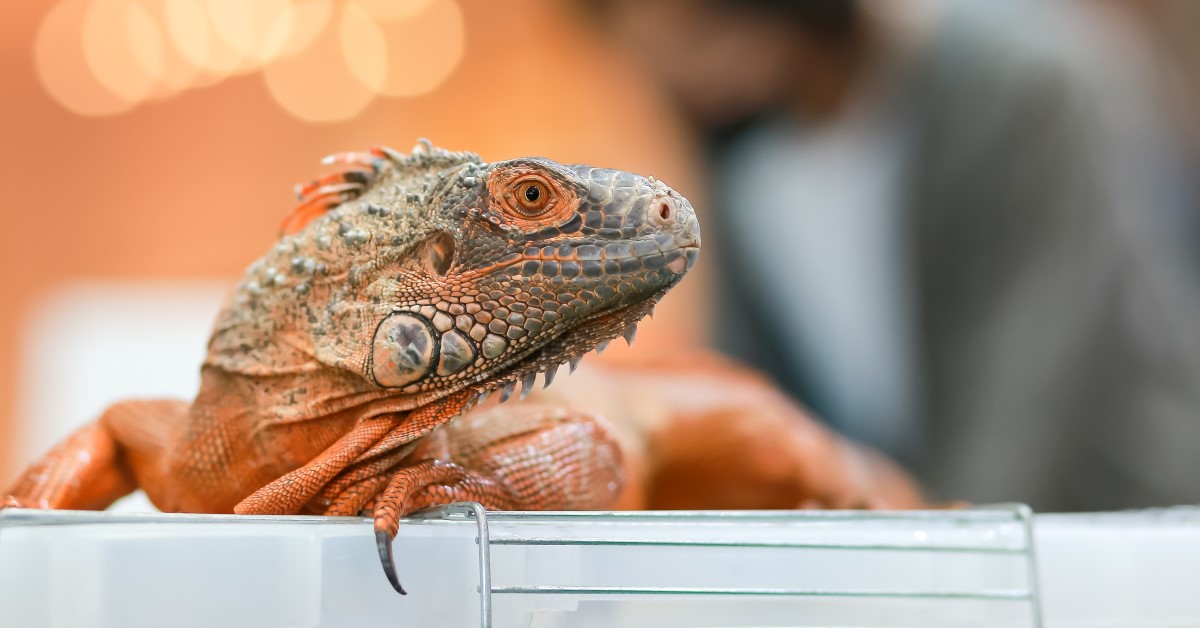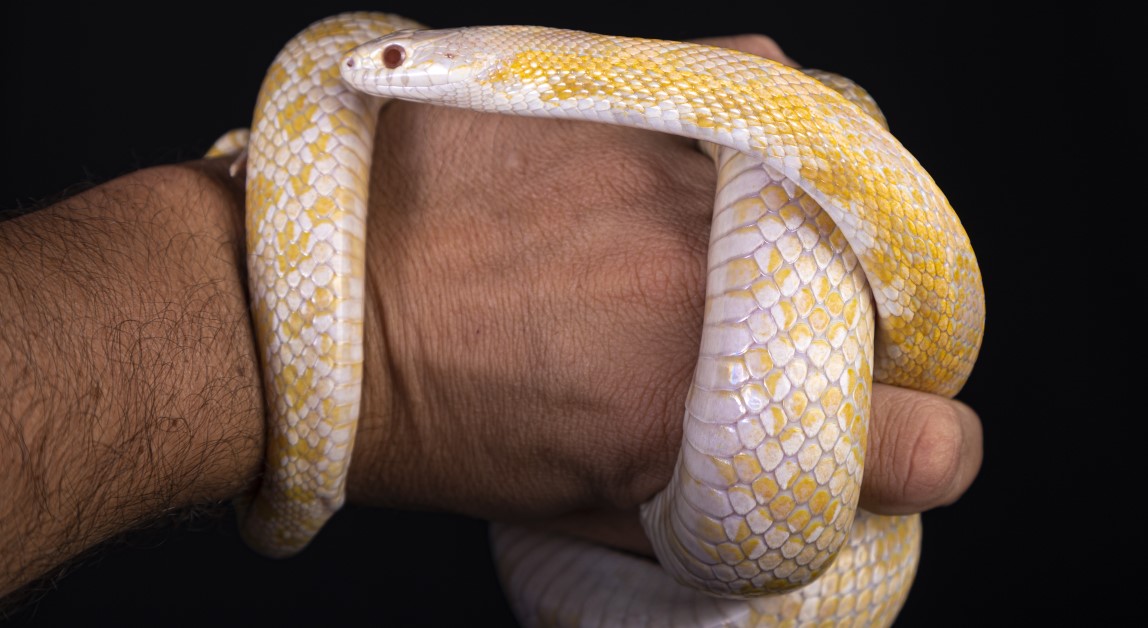Snakes Jump Out of Their Skin, Too!
Not exactly, but they do shed their skin several times a year. We'll tell you what to expect and how to help, if needed.

When you keep a snake as a pet, it is important to understand the stage in their physical development known as "shedding" or "sloughing" of the skin. It can be alarming to see your perfectly healthy snake begin to act or look funny as it enters a shed cycle. If you know what to look for and how to care for your snake when it begins this cycle, you will come to enjoy it as a normal occurrence in your pet's life.
The first sign many new owners notice is that their normally active snake is not showing itself as often, almost as though it is "hiding". This is normal behavior for a snake about to enter a shed cycle. Shedding is the process by which snakes periodically discard the outer portion of their skin. This activity is under hormonal control and associated with growth. Most snakes shed their skin 4-8 times per year. The frequency of shedding depends upon many factors, including environmental temperature, frequency of feeding, amount fed at each feeding, and the snake’s activity level. Young snakes shed more frequently than older ones because growth is relatively rapid in the first few years of life.
Healthy snakes usually have little or no difficulty with shedding and tend to shed their skins in one entire piece. Exceptions to this include snakes with injuries to the skin and/or scales resulting in scarring, and snakes housed in enclosures with sub optimal temperature and/or relative humidity levels.
The stresses associated with shedding can be substantial. Sick snakes, those suffering from malnutrition, or those whose health has been directly or indirectly compromised by poor breeding, experience delayed and incomplete sheds. These snakes tend to shed their skins in pieces. In fact, many of the pieces remain adhered to the underlying skin and eyes (retained eye caps).
The shedding process is preceded by a period of relative inactivity. This period usually lasts 1-2 weeks, during which time the eyes begin to exhibit a dull, bluish-white appearance. During this period, the snake's vision is impaired, which causes them to be rather unpredictable and sometimes aggressive. This is not a personality change in your snake, it is simply trying to protect itself with its temporarily impaired vision. The skin during this period tends to have an overall dull appearance. The underlying new skin is soft and vulnerable to damage while the outer layers prepare to slough away.
The eyes again become transparent after 7-15 days and shedding commences. A snake will make use of any rough objects or surfaces within its enclosure to help shed the old skin. Shedding commences with the skin of the head. Once the snake has loosened and dislodged the skin surrounding the mouth and overlying the rostrum (nose), it then passes between rough objects that can trap the loose skin and hold it as the snake glides out of the "old" skin. Discarded skin appears dry and tube-like or moist and crumpled in a solitary heap. Many snakes defecate after a successful shed, or consume large quantities of water.
Providing a shallow dish or pan of water large enough for your snake to soak in will help him to have a good shed. A plastic food container with an entrance hole ~ filled with moist sphagnum moss or vermiculite makes an excellent "wet hide box" for a snake in shed. This will help your snake to have a good shed by providing humidity to the skin. A snake needs to use objects to rub against to aid in rolling the skin down it's body. Clean driftwood, rocks or similar cage furniture should be provided to help the snake shed.
In the wild, a snake is vulnerable to predators when in shed. The captive snake still follows these strong instincts & should be provided lots of privacy with only necessary handling. Going into shed is apparently not a real fun thing for snakes and lizards. Most get rather cranky during this time, with some individuals becoming quite aggressive, objecting to being held or touched. The best thing to do is to respect their ill-feeling as much as possible. If you need to get in and service their enclosure, do it, but restrict actual handling to that which is necessary. Handling should really be halted until the snake has completed a shed ~ the new skin under the outer dermis to be sloughed is very delicate and can be easily damaged by handling. It is okay to gently hold your snake if you must move him or clean his house. This probably won't be necessary since most snakes "hold" their waste internally until the actual shed of the skin when they usually do defecate. Before reaching in and grabbing a handful of shed skin that is partially obscured by substrate or furnishings, you might want to check it out first or wear a glove!
Snakes will also undergo color changes prior to a shed. The second thing most owners notice is their snakes eyes look cloudy. Snakes have a modified scale similar to the rest of their body covering called a "spectacle" or "eye cap". To aid the snake in separating the old skin from the new, glands in the body secrete a fluid which runs between the two layers including under the eye cap. This gives the eye at first a hazy look, gradually increasing to a light blue color which completely covers the eye. Snakes in this phase of the shed are termed "in blue" or "opaque" referring to the eye color. This is roughly the halfway point. The amount of time the whole process takes depends on the species, the age of the animal, it's physical condition, it's living conditions and other various factors.
As a rule babies and young snakes will shed quite frequently as their bodies grow. Once a snake is full grown, they may shed as little as twice a year. The condition of their skin is another factor: snakes who suffer with mites, poor husbandry, bad sheds, skin infections, burns or wounds will often shed more frequently as the body tries to heal the skin. It is very important as a snake owner, to make sure your snake has a "good shed". A good shed is when it is completely intact, and like an inverted sock that has been pulled inside out.
A cautionary note of snake skin sheds: It is estimated that between 16-92% of snakes carry one or more serotypes of Salmonella. Researchers in one university laboratory found viable Salmonella organisms on skin sheds that had been hanging in their lab for years. Since testing for Salmonella is not very effective, use caution when letting anyone who is at high risk for salmonellosis come into contact with snake skin shed or in contact with anyone who has been handling shed skin.
While reptiles may still eat when in the very early phase of the pre-shed period, as the period progresses they usually lose their appetite. Most greatly reduce their food intake; others stop eating altogether until after they have shed. Some snakes will not eat while their eyes are milky; some will take a meal once the eyes have cleared but before they shed, while others will not eat until after they shed.
Problem Sheds
Always check your snake's head shed to make sure that both eye caps ("spectacles") have come off. If they have not, take steps to removed the retained eye caps.
A problem shed is a shed that isn't happening like a normal,
healthy shed should. With a snake or any other reptile who is
supposed to shed in one piece, a problem shed would be a patchy
shed. Instead of working the whole skin off in one session, only
bits and pieces come off, with lots of skin retained on the body.
A normal shed would be done within a period of several hours or
less from the time the shed is initiated; a problem shed goes on
for days or weeks with little progress. With lizards who normally
shed in pieces, a problem shed would be where it is taking too
long, or where skin is retained in problem areas, such as around
toes, spikes, and tails.
A problem shed is a sign of an even greater, underlying problem. New snakes, especially imports, typically have poor sheds their first one or two sheds in captivity. The import and pet store process is less than healthy and stress-free, and so their sheds reflect that period of prolonged stress (psychological as well as environmental). Once they are housed properly, treated for dehydration and parasites, and begin to psychologically acclimate to captivity, they become healthier, and by the third shed, should be shedding properly - quickly and in one piece.
The same problems may be seen in sick and stressed snakes, especially imported ones. While their skin may normally come off in patches, instead of the shed being completed within the usual 1-3 weeks it would take for a healthy lizard, it may go on for months, with areas never shedding at all. (I took in a savanna monitor one time who had five layers of shed embedded on its back and head!)
When a problem shed occurs, or one that is too slow to start or finish, you need to figure out why it is happening and correct the problem:
- Analyze environment - adjust heat, lighting, and photoperiods if necessary. Make sure you have provided an ample space for your snake. He may have outgrown his original enclosure.
- Analyze diet - check to make sure you are feeding at proper intervals and that you are feeding the proper type of food
- Check for signs of illness or stress - make sure there are ample places for him to get some privacy from prying eyes and bright lights
If the reptile has started, but not properly completed a shed, you can help it along:
- For larger snakes, soak them in a tub of warm water (85-88 F / 29-31 C) for 10-15 minutes, then begin gently rubbing their skin.
- The old skin will start to balloon out and become easy to get off as you rub gently with your fingers and thumbs.
- Always work in a head-to-tail direction.
- Pay close attention to the eye caps, tail, and vent. If the eye caps won't come off, you will have to take steps to carefully and safely remove them.
Ready to start saving money on pet wellness care?
Then take a look at Mint Wellness, the pet wellness plan that provides fast reimbursement on routine pet care. Save on vaccinations, wellness exams, preventatives, dental, and more!
Learn More


